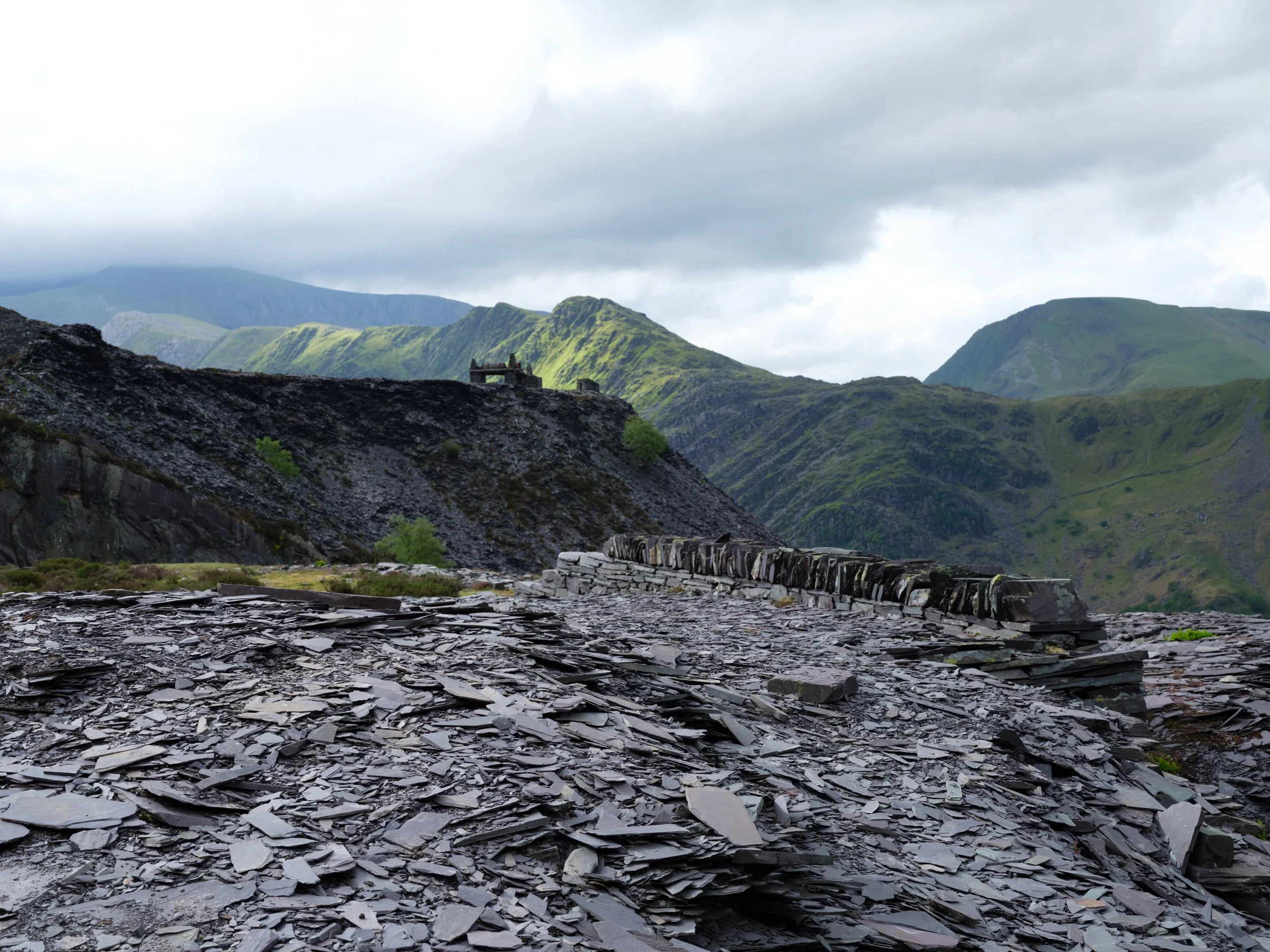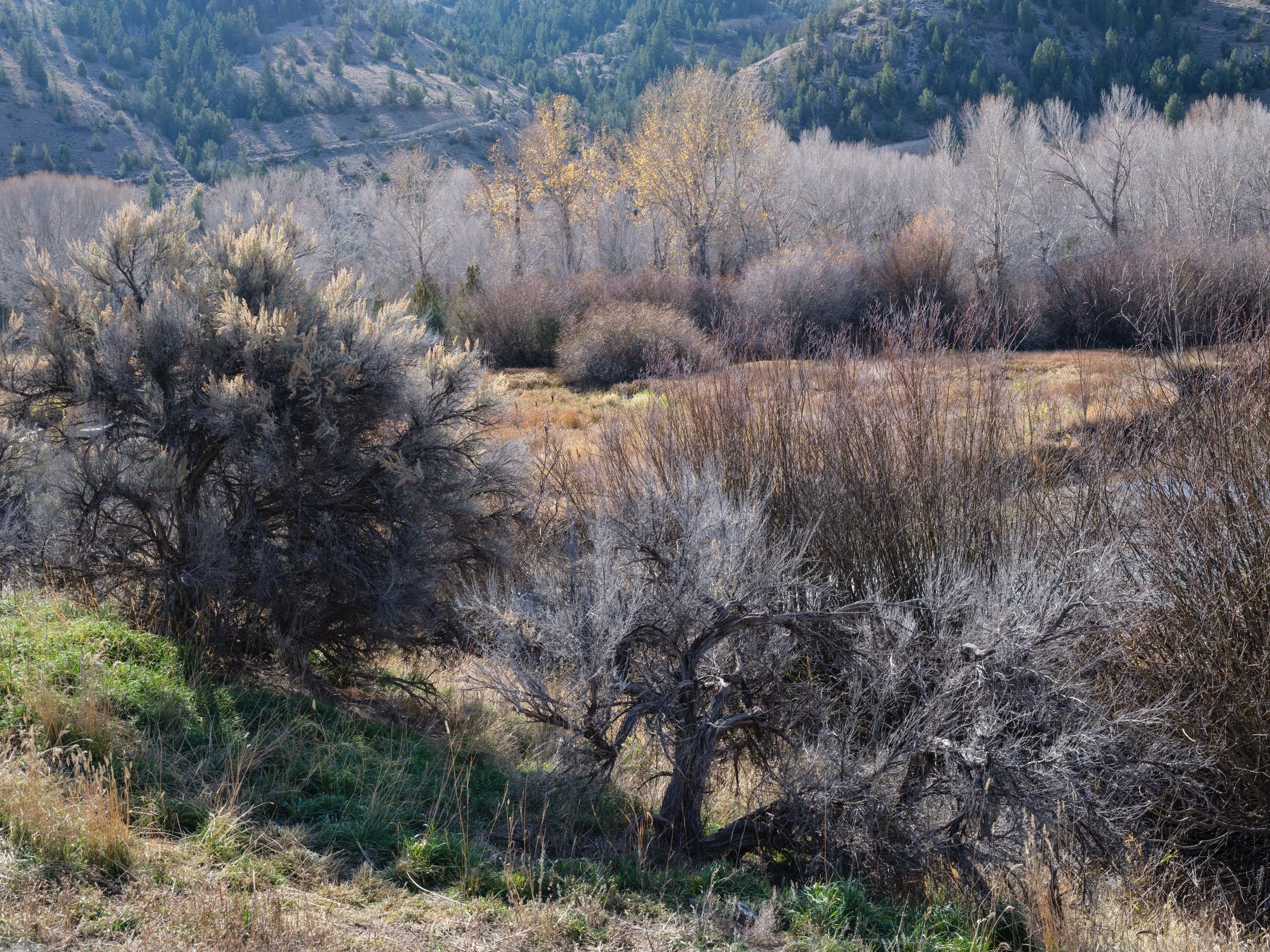Iona, 2025
Staying on the northern tip of Iona, it was only 5-10 minutes walk to two white sand beaches to photograph the rock outcrops of Lewisian gneisses dating back over 2 billion years in date, the bedrock of the west of Iona. It always thrills that I can touch rocks that old and wonder of the forces that created them. Metamorphic rocks (sedimentary and igneous in origin) of a wonderful variety of colours and banding are found along the shore, formed as a result of high pressure and temperatures at depth causing deformations, I could now admire in the rocks. The green tinge of chlorite and epidote minerals was evident in a number of outcrops. Some also called amphibolite of sufficient mass they provided good shelter for bathers wanting to change before heading into a cold sea dip. With great views of Mull on one side and out to the sombrero hat like island of Bac Mor of the Treshnish Isles. Iona has an old marble quarry to the south and sells marble jewellery, key rings and other items in its shops. It is also wonderful for lovers of pebbles, the pink a granite, common on the Ross of Mull.
https://www.scottishgeologytrust.org/geology/51-best-places/isle-of-iona/
Black Isle and Black Water, NE Highlands, 2024
A special retreat photographically, working with words and sounds from a base at Black Isle Berries Farm, Tore, on the Black Isle, where again it was the metamorphic rocks of Rosemarkie and the amazing folded strata along the Black Water affected by mountain building in Caledonian times (490-390 million years ago) that fascinated. Encouraged by a You Tube video by Rob Butler (https://youtu.be/tJqkopiS8sQ?si=wgrenM6Aq9n33bwu) I also ventured out to make my own commentary of the experience of walking through rocks of the Great Glen Fault, which occurred at the end of the Caledonian orogeny, and in the long period of its formation, shattered and exposed the ancient Lewisian basement rocks here. Much of the other rocks on the Isle and also found at parts of the Black Water are Old Red Sandstone of the Devonian period (419-359 million years ago), reflected in its buildings. This was an unexpected geological treat alongside the photography.
Snowdonia, 2024
Staying in Dinorwic, was a geology lovers paradise with the old slate quarries only minutes away to explore. Formed from mudstones deposited 500 million years ago and to the slates seen today by metamorphic processes around 400 million years ago. Looking grey from a distance, they actually have lovely purple to green colouration closer up. And where mined you have amazing coloured cliff faces and many piles of slate mine remains to photograph. The volume of slate quarried from the hills around the area is so striking. Venturing further within Eryri, The rock formations seen in the Fairly Glen are the result of the erosion of sedimentary and volcanic rocks that formed in the Caledonian and Ordovician periods. On Anglesey the copper mines are an exciting example of uplifted deep ocean floor of black hot smokers, being able to walk around the rocks, with such a variety of colours and sulphur that still had a strong smell was amazing.
North Northumberland coast - early 2024
Cocklawburn near Scremerston is a beach I have long walked with my university friend enjoying its wonderful open sands and varied rock formations including limestone with fossils clearly embedded in them. Crinoids, fossilised worm like patterns and more. It was with the Open University on one of their geology field weeks in the 2010s that I first had my education into the ‘Yoredale cycles’ you can see in the rock sequences at low tide here. Some river basin generated, some when this location was in the tropics and had shallow waters with fern trees similar to those you get on the north coast of South New Zealand, then peat formation that led to the coal deposits mined in northern England extensively before mines were closed. Walking at Spittal winter 2023-4 storms exposed more of an amazingly patterned rockscape that immediately caught my eye. I met a geologist there who said they were formed when the country had more of a desert climate. Further investigations reveal they are sandstones from Carboniferous times and Google’s overview notes: “These geological features display thin beds of sandstone separated by dark clay minerals, with visible cross-bedding indicative of ancient sand banks. The formations are a popular subject for photographers and geological interest due to their distinct patterns and colors, though they can be covered by sand or tide”. There is more at https://berwickshirerocks.org.uk/pdf/Spittal.pdf
Montana and Wyoming, 2023
A part of the US with Yellowstone National Park and the Grand Teton mountains a treat for photographers and geology enthusiasts it has been on the aspiration list for a long time. But it was the Montana wide open landscapes, Cottonwood trees and mining histories that fascinated in particular. Bannack State Park like going back in time, now empty buildings from a large population of a variety of nations including Chinese drawn by the gold and garnet nuggets that can still be found today. Exploring the mill with huge wooden vats with arsenic sign warnings. The beauty of the old wood buildings. And the soft colours of late autumn, greys, purples, soft yellow-browns. No doubting the majesty of the Tetons with the full moon and stars as the sun rises. Or the hot springs and geyser valleys of Yellowstone. But was the more muted landscapes outside of these I fell in love with.




